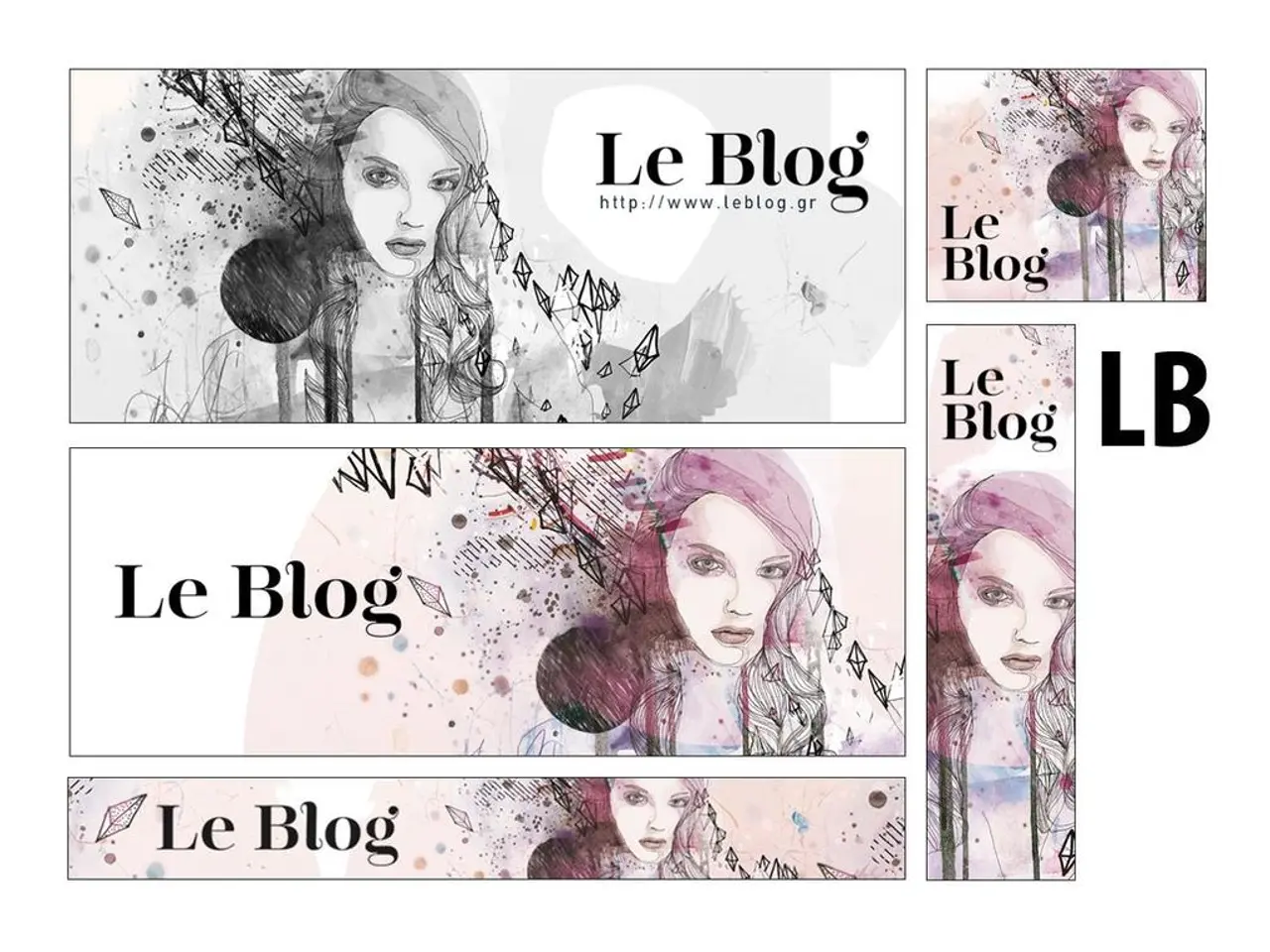Insights from the Creative Industries 2025: Paving the Way to Sustainability
Creative Industries Embrace Sustainability: A Roadmap to Environmental Responsibility
The creative sector is taking strides towards a greener future, with a recent conference at the WWF Living Planet Centre in Woking, titled "Creative Industries 2025: The Road to Sustainability," highlighting the key strategies for driving environmental sustainability.
Recognising the growing environmental footprint of digital creativity and the role of technology in facilitating the tracking of materials, particularly in relation to the reliance on data-heavy AI tools, the conference aimed to explore strategies for the creative industries to align growth with environmental responsibility.
One of the key approaches identified is collaborative consultancy and shared knowledge. Organisations like Creative Zero CIC bring together sustainability professionals from diverse creative fields to share best practices and co-create strategies that align environmental and social impact with business success. This cross-industry collaboration helps micro and SMEs embed sustainability deeply, prioritising carbon reduction and positive change, and enabling tailored solutions for unique business contexts.
Another approach is the adoption of circular economy practices. By designing products and processes that emphasise reuse, refurbishment, and responsible sourcing, the creative sector can reduce its significant emissions linked to resource extraction and energy-intensive production. This approach has been shown to drastically cut emissions in related technology industries, and similar principles can be transferred to creative supply chains to minimise waste and environmental footprint.
Sustainable supply chain management is another crucial component. Addressing supply chain challenges involves optimising procurement to reduce single-use plastics, cutting inefficiencies, and choosing lower-carbon materials and processes. While specific to healthcare in one study, the principle—streamlining supply chains to reduce emissions and waste—is applicable broadly, including creative product sourcing and event logistics.
Sustainable creative practices and advocacy also play a significant role. Initiatives like Art4you Gallery’s eco-conscious events illustrate how creative outputs—art, live events, immersive experiences—can model sustainability by using eco-friendly materials, low-impact techniques, and powerful nature-inspired storytelling to raise awareness and inspire industry-wide adoption.
Embedding sustainability into workforce culture via training programs, sustainability committees, and ongoing engagement ensures long-term commitment and innovation in operations. Initiatives that foster sustainability leadership within organisations help overcome uneven adoption by building internal expertise and accountability.
Organisations are motivated by reputational benefits and market advantage from being seen as eco-leaders. By publicly sharing sustainability journeys and successes, creative businesses can influence peers, clients, and consumers towards higher standards and demand for sustainable practices.
Key themes that emerged during the conference included policy visibility, green skills, circular design, data-driven accountability, and behavioural change. Measuring Scope 3 emissions was recognised as a difficult process, but tools like BAFTA's Albert showed how collaboration can make this more manageable.
The conference gave space for leaders from across the UK's creative industries to discuss strategies for aligning growth with environmental responsibility. The creative industries should be positioned as key strategic partners in environmental policymaking, with more structured engagement with government, particularly in the design and implementation of the Net Zero Participation Strategy.
The creative industries are underrepresented in environmental policymaking and need to actively engage with a range of central government departments to change this. Achieving net zero, environmental sustainability, and the circular economy are flagged as key issues in these policy documents.
A key opportunity identified was in better supporting, and scaling, infrastructure for the re-cycling and re-use of sets, costumes, and props across creative sub-sectors like theatre, film, and TV. There was a strong call to move beyond buzzwords and start tracking real progress on net zero, moving "from vibes to KPIs".
The conference responded to key policy developments, including the UK Government's Industrial Strategy and the DCMS Creative Industries Sector Plan. Higher education institutions involved in creative education could accelerate the integration of the UN Sustainable Development Goals into teaching, research, and operations to ensure that creative graduates are equipped with an understanding of sustainability early in their education.
Further development of shared sustainability standards, frameworks, definitions, and infrastructure is needed, such as emissions tracking tools and materials reuse networks. The creative industries need to take control and set their own sustainability standards, perhaps with the British Standards Institution, before big tech corporations dominate.
The conference built on the momentum of a previous workshop held by Creative PEC. The need for shared systems, better education on sustainable materials, and storytelling to shift public perception were flagged as priorities for scaling existing action for greater impact. There was a strong call to move beyond buzzwords and start tracking real progress on net zero, moving "from vibes to KPIs".
In summary, collaboration across creative disciplines supported by specialized sustainability consultancy, circular economy practices, responsible supply chain management, eco-conscious creative processes, and workforce empowerment form an integrated pathway for the creative industries to overcome challenges of high emissions, complex supply chains, and uneven circular economy uptake, thus driving meaningful environmental sustainability.
- The creative sectors are moving towards a greener future, with key strategies identified to drive environmental sustainability, as discussed at a recent conference at WWF Living Planet Centre.
- The conference emphasized the importance of recognizing the environmental footprint of digital creativity and the role of technology in tracking materials, particularly in relation to data-heavy AI tools.
- Collaborative consultancy and shared knowledge, such as Creative Zero CIC, aim to bring together sustainability professionals to share best practices and co-create strategies.
- The adoption of circular economy practices is another approach, focusing on reuse, refurbishment, and responsible sourcing to reduce emissions linked to resource extraction and energy-intensive production.
- Sustainable supply chain management is crucial, involving optimizing procurement to reduce single-use plastics, cutting inefficiencies, and choosing lower-carbon materials and processes.
- Sustainable creative practices and advocacy, like Art4you Gallery’s eco-conscious events, can model sustainability by using eco-friendly materials, low-impact techniques, and powerful nature-inspired storytelling.
- Embedding sustainability into workforce culture ensures long-term commitment and innovation, with initiatives to foster sustainability leadership within organizations.
- Organisations can gain reputational benefits and market advantage from being seen as eco-leaders by publicly sharing sustainability journeys and successes.
- Key themes emerging from the conference included policy visibility, green skills, circular design, data-driven accountability, and behavioral change.
- Government engagement is needed to position the creative industries as key strategic partners in environmental policymaking, particularly in the design and implementation of the Net Zero Participation Strategy.
- Higher education can accelerate the integration of UN Sustainable Development Goals into teaching, research, and operations to ensure that creative graduates are equipped with an understanding of sustainability early in their education.




